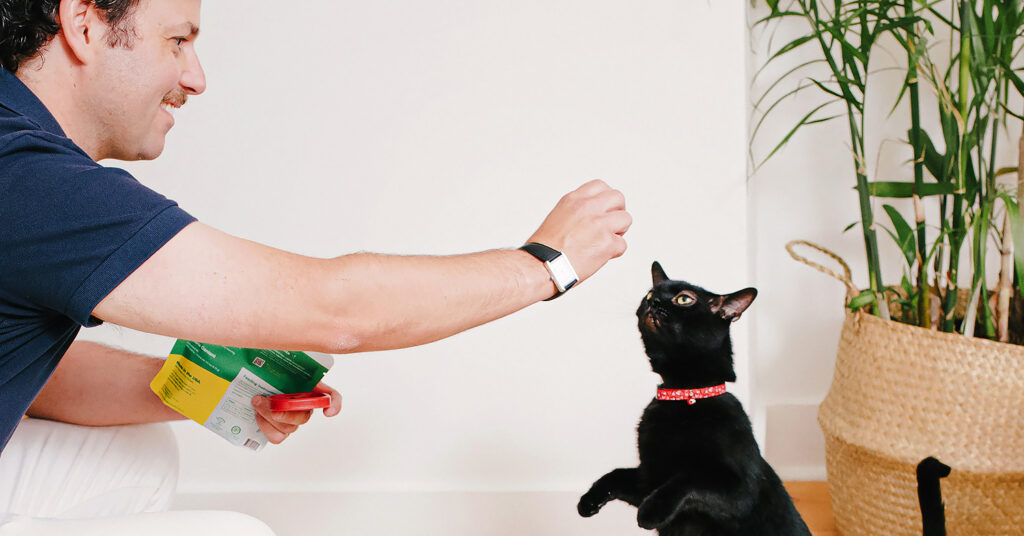So far, the majority of the developments in the cultured meat space have been about food for humans, ranging from chicken nuggets to foie gras. But one company is working on lab-grown cat treats made from mouse meat. And it hopes to bring them to market as soon as next year.
Chicago-based startup Because Animals’ first product, Harmless Hunt Cultured Mouse Cookies for Cats, is already available for pre-order on the website ahead of a hopeful 2022 launch date.
Like other forms of cultured meat–also referred to as lab-grown, cell-based, clean, and cultivated–it starts by harvesting cells from a real animal. In this case, a mouse, a cat’s native protein source. (According to the company, mice are not harmed as a result of the process.) Those cells are fed a nutrient-rich serum while in a bioreactor, and in a matter of weeks, you have real meat, sans the slaughter.
Because Animals blends the cultured mouse meat with a variety of ingredients, including pumpkin, tempeh, miso, nutritional yeast, to create a nutritious cat snack.
“The ultimate goal of most cultured meat companies is to create a product that will allow animals to be taken out of the food supply chain,” Shannon Falconer, CEO and cofounder of Because Animals told Fast Company. “And, given that humans are the largest consumers of traditional meat, it makes sense to focus on humans when making a cultured meat product. However, something that most people are unaware of is that, in addition to humans, there is another hugely significant population driving the animal agriculture industry forward: our pets.”

The carbon footprint of pet food
Animal agriculture has an enormous impact on carbon emissions, biodiversity loss, and human health. This comes from meat, dairy, eggs, and other products made for human consumption. And while the amount of food our pets consume each year is small compared to how much meat people eat, our cats and dogs have a carbon footprint from food, too, to the tune of 64 million tons of emissions per year.
The majority of the meat they eat is a byproduct of animal agriculture, composed of leftover parts like bones and blood. Sometimes it contains animals that have died in transit, in facilities, or even from disease.
Falconer says pet food helps prop up the animal agriculture industry. Disrupting this industry with something more sustainable and arguably, ethical, is the goal.
According to Because Animals, as well as scaling up production, creating cultured rabbit meat for dogs is next on the agenda.


